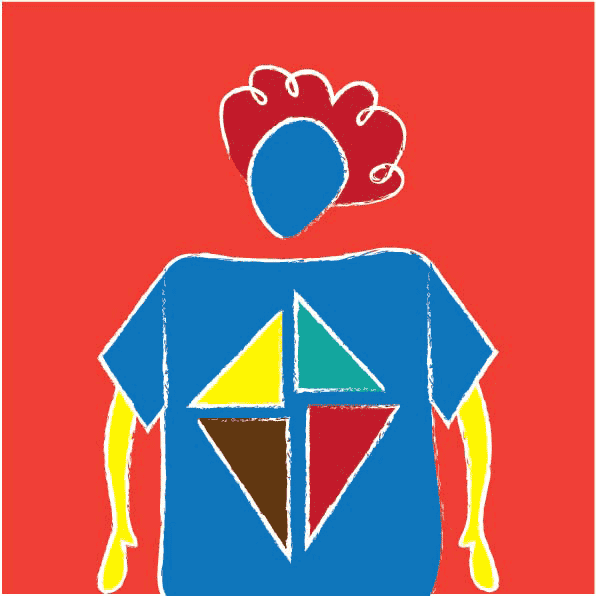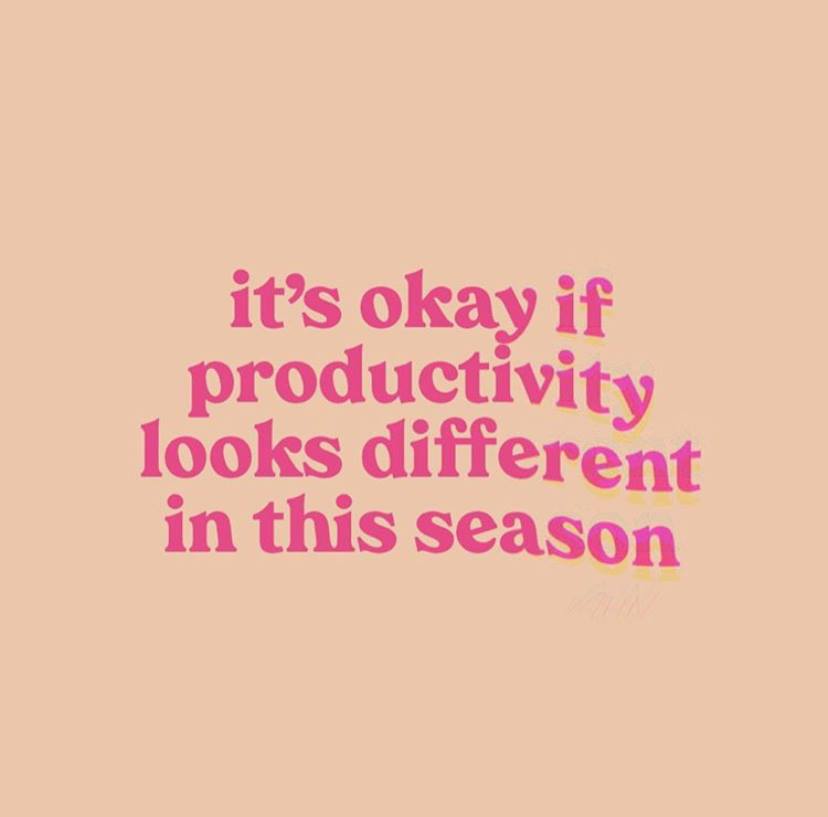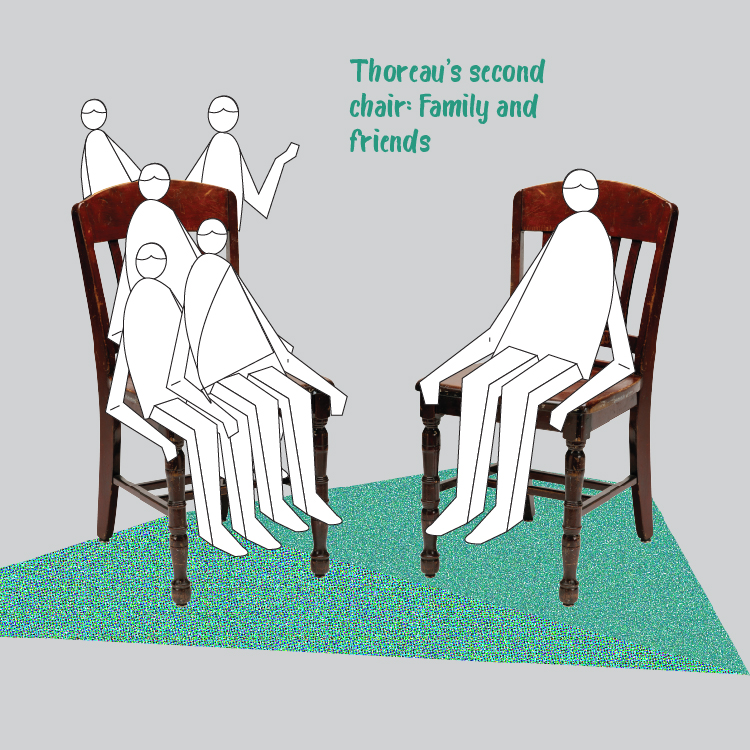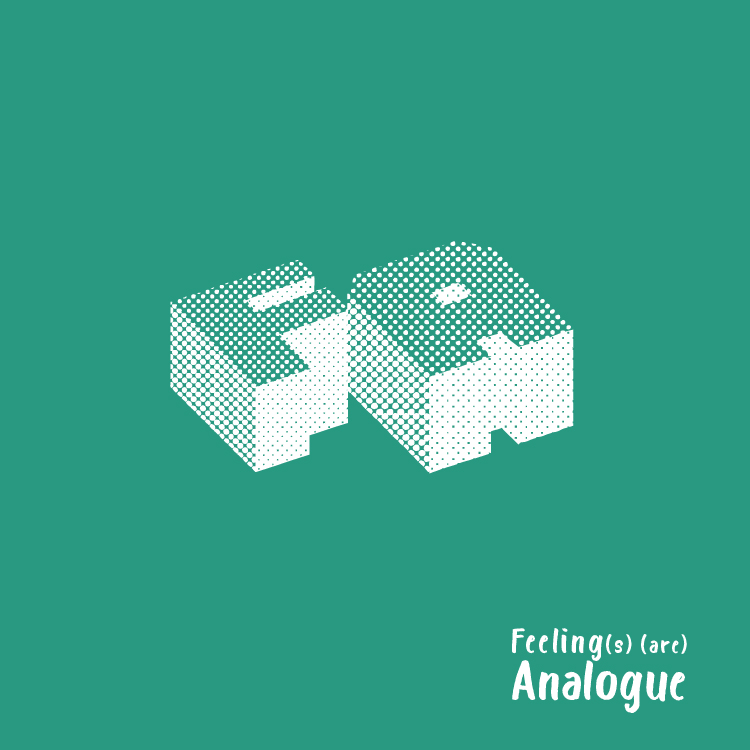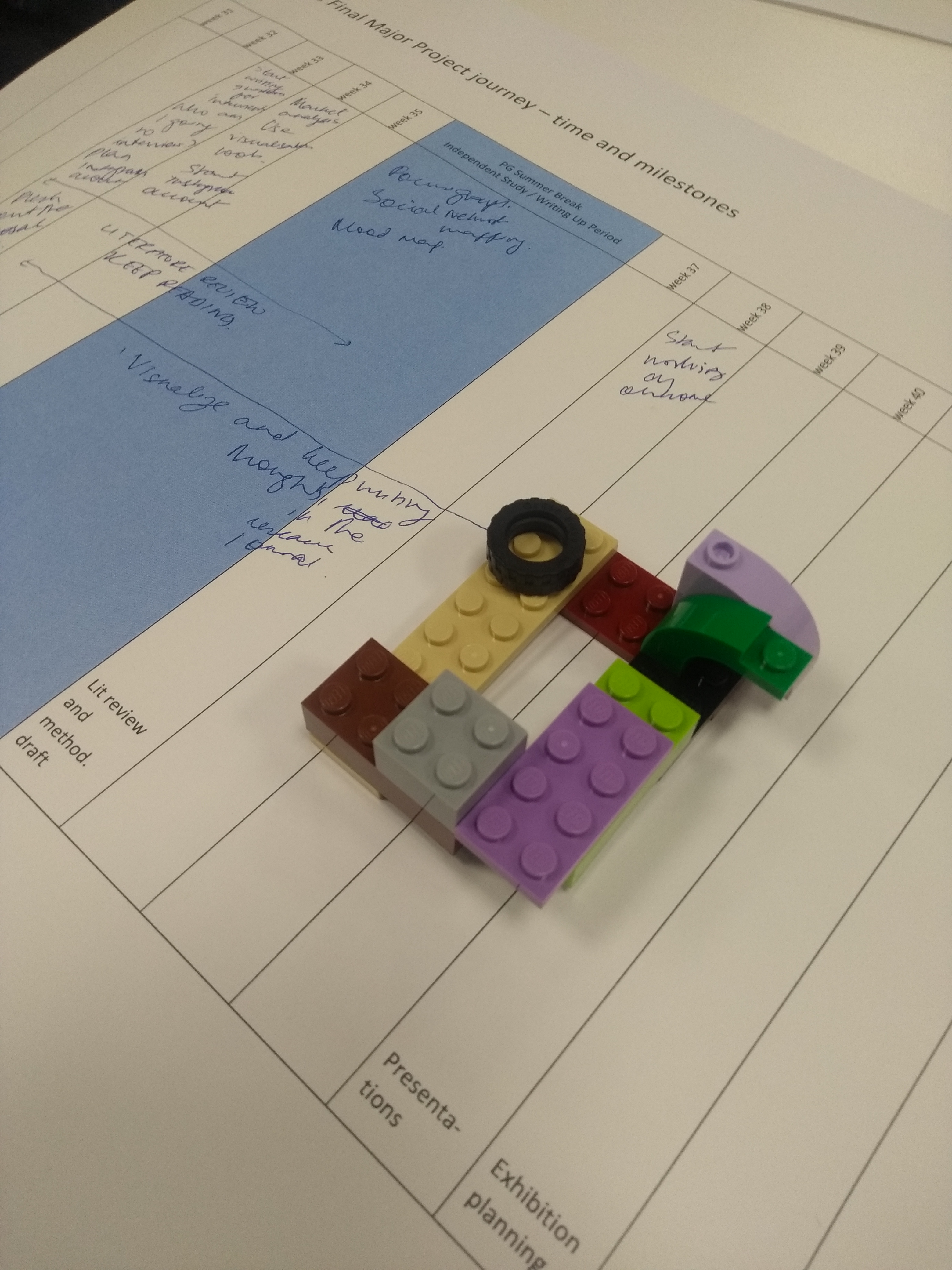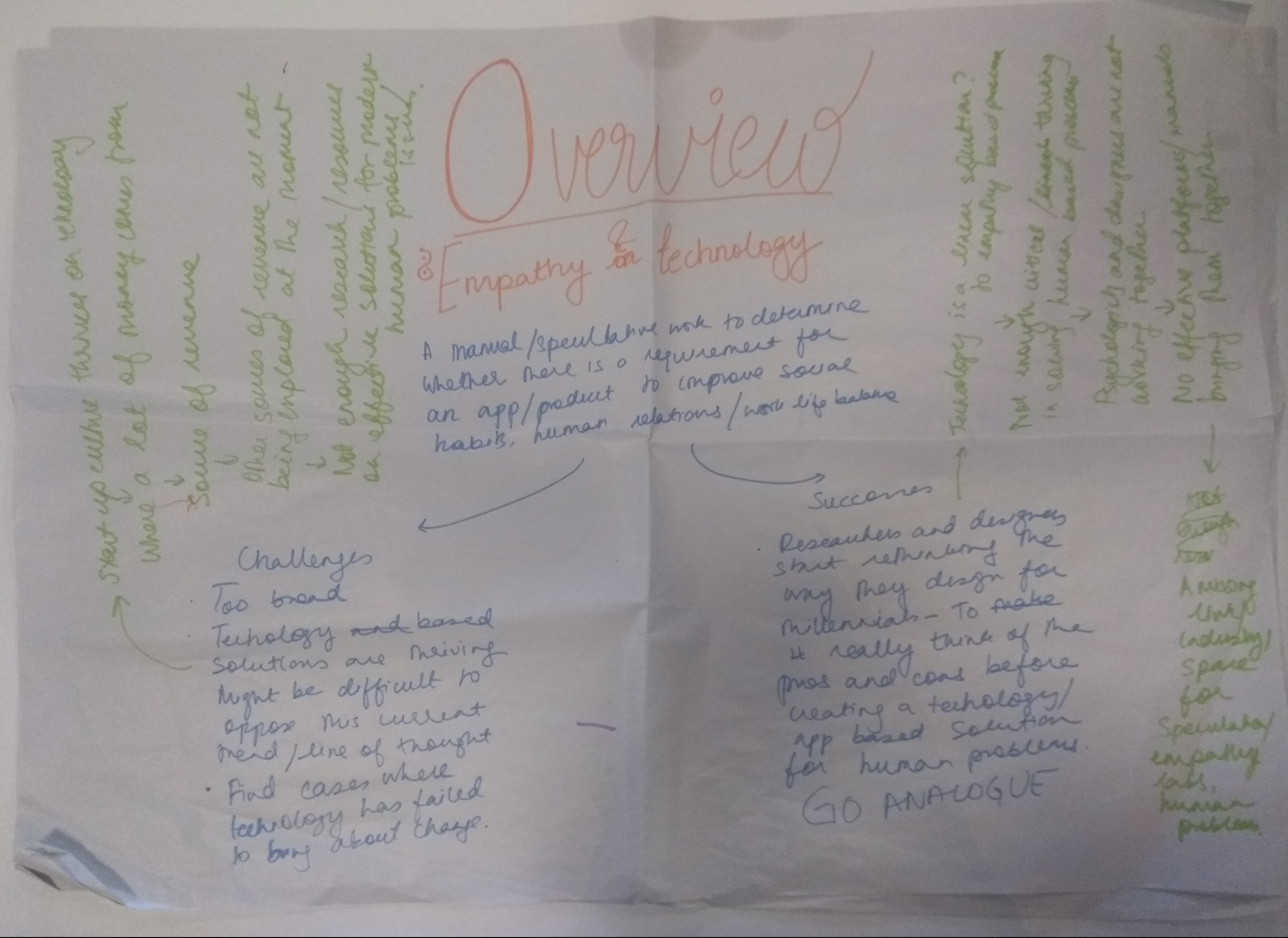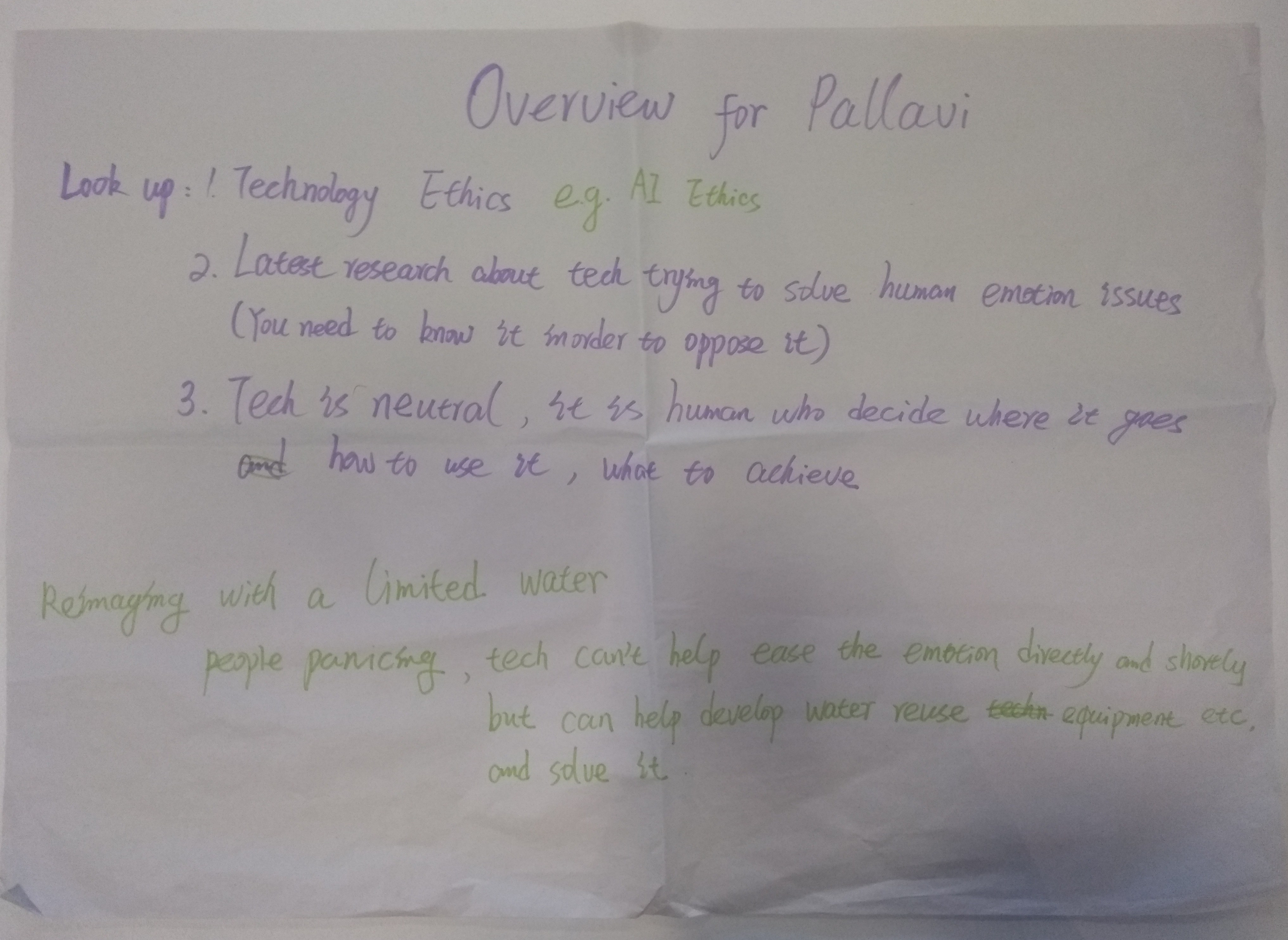The pandemic gave some, if not all of us, way too much time by ourselves. For those of us who were not lucky to be quarantining with friends, we turned to apps to pass time – which we have been doing for a while, but the pandemic kind of accentuated the whole let-me-scroll-through-my-feed-mindlessly habit.
We sometimes look to our friends to introduce us to new, exciting things to laugh about later in life. Friends are often those extra pair of eyes we never thought we needed, but learn to get used to – a mirror for our bad make-up days – literally and figuratively. We also tend to trust them – they won’t take us somewhere where we’ll regret going and surely we can come back in one piece. We look to them for a better sense of judgement or sometimes, hope they won’t judge us at all. We are the most vulnerable with them, when we’re upset, hoping they won’t call us out on our lapse of momentary decision making or spare us regular reminders of what led us to that exact moment.
If we were to read the standard or key roles friends play in our lives, and replace the word friends with algorithms and read it in the context of the latter, it would sound like this:

We sometimes look to algorithms to introduce us to new, exciting things to laugh about later in life. Algorithms are often those extra pair of eyes we never thought we needed, but learnt to get used to, a mirror for our bad make-up days – literally and figuratively. We also tend to trust them – they won’t take us somewhere where we’ll regret going and surely we can come back in one piece. We look to them for a better sense of judgement or sometimes, hope they won’t judge us at all. We are the most vulnerable with them, when we’re upset, hoping they won’t call us out on our lapse of momentary decision-making or give us regular reminders of what led us to that exact moment.
So easily interchangeable right?
But sadly, they too let us down sometimes, just like our friends. They keep taking us back to things that we know we shouldn’t be looking at – those unrealistic pursuits of the perfect appearance, the profile of the ex boyfriend who is never going to want to get back with us, the absolutely useless piece of news that is so trashy, but they know we are too weak to resist. What an absolutely terrible friend! They don’t really help us with expanding our horizons either, letting us lie on your couch for hours, and just telling us what we want to hear, and showing what us want to see. They sometimes let us think our skin looks like peach by dangling those filters before us, and we mistake them for mirrors of some sort.
But they are so funny; once they know our humour – they really show us the best self-deprecating, relatable jokes (memes) that brightens up another day of being confined to our homes.
And personally I’ve always been a sucker for funny friends, even if that means staying in a toxic friendship that is no good for me.
